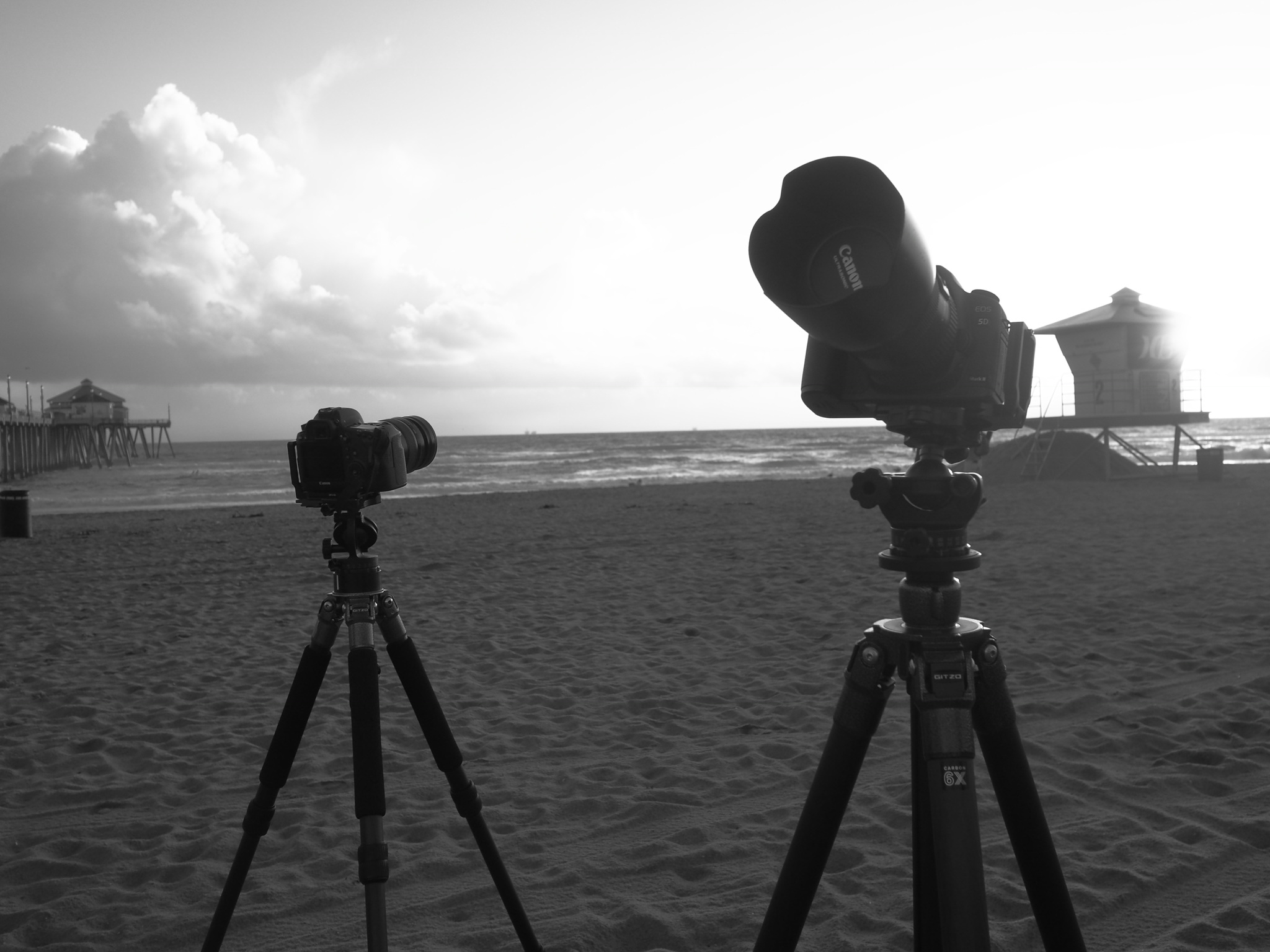Photography accessories, part 1: Choosing the right tripod
Posted by Acratech on 22nd Mar 2016
Recent advancements in technology have revolutionized not only cameras, but also photographic accessory equipment. For professional and hobbyist photographers alike, investment in quality equipment is necessary to fully showcase your skills, because it will allow you to produce the best possible final image. Every piece of equipment you use, from your camera and lighting setup down to the tripod and ball head it firmly stands on, directly impacts either the quality of your final image, or your ability to get the right image at the right time in the first place.
In order to choose the right photography accessories for your needs, it is first necessary to assess what your needs are in the first place. Are you an adventure photographer in need of durable, lightweight gear? A wedding photographer looking for versatile solutions that allow you to switch back and forth between several cameras with ease, never missing a shot? Or are you a flexible pro who doesn’t wish to be limited by category, looking for equipment that matches the flexibility of your shooting style? Whatever your background, awareness of the conditions you’ll be shooting under will allow you to select accessories that are a best fit for your needs.
We will start with the assumption that you’ve already found the perfect camera – or two, because who wants to haul a full-frame DSLR around when a mirrorless would do the trick just as well – and are scratching your head about what comes next. If you’re a dedicated portrait or wedding photographer the answer to that is probably lighting: flashes, bounces, and diffusers. We do have an in-house photographer professor and lighting expert who is developing some great content about tips and tricks for lighting to share with you in 2016. For now though, we’ll move on to one of the most universally important accessories for photographers, regardless of their specialty: the tripod. When shopping for a great tripod, you’ll want to consider:
- Sturdiness: First and foremost, you are purchasing a tripod to provide a stable, hands-free base for your camera. So however and wherever you’re using this tripod, it should be sturdy enough to do just that, and the higher quality and more irreplaceable your gear is, the better an idea it will be to spend a little more in order to keep it from knocking over on a discount tripod.
- Length: When the legs of the tripod are fully extended, you should not need to awkwardly bend or stoop down in order to look at the viewfinder. Not only is this helpful body mechanics, but it also helps to prevent offset or unwanted photos.
- Weight: This criterion will vary depending on how you plan to use your tripod. Studio photographers often prefer heavy tripods for their lower price point and sturdiness, however, landscape photographers know that hiking between shots with heavy equipment gets old quickly. Weight also isn’t synonymous with sturdiness, as many carbon fiber tripods prove, but they tend to be significantly more expensive than their flimsier aluminum counterparts. Whether or not you should opt for a carbon fiber tripod depends largely on how much you’ll need to carry it, for how long, and under what conditions.
- Weight Capacity: Note that the weight of your camera isn’t the only load the tripod will need to bear, and you should also factor in the weight of your longest lens, battery grip, flash, tripod head (ball head), etc.
- Other Features: There are so many excellent tripods on the market that many embellishments and enhancements are available. These may widely vary between manufacturers and models, so if small finishing touches are important to you, remember to shop around. These might include the number of leg segments, reversible center columns, the ability to quickly shift between tripod heads, the compactness of the tripod, etc.
- Cost: Like it or not, this is often the single most limiting factor in any equipment purchase. If you've found the perfect tripod, but are scared away by the price tag, fear not - these days sites like eBay and Craigslist can be great ways to score gently used equipment at a decent discount, making something that seemed out of reach suddenly affordable.

"Two Acratech ball heads spotted in the wild," by Sam Dordick. Huntington Beach, March 2016.
